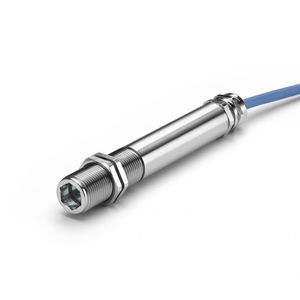
B, Schematic of the generation and characterization of CalEx flox mice. A, Schematic for human plasma membrane Ca 2+ ATPase isoform 2 splice variant w/b (hPMCA2w/b) expression on the plasma membrane of astrocytes to attenuate Ca 2+-dependent signaling. Generation of CalEx flox mice to express mCherry-hPMCA2w/b in astrocytes for Ca 2+ signaling attenuation. We approached this problem by generating a new transgenic mouse line to achieve inducible astrocyte Ca 2+ signaling attenuation in vivo We report our data with this mouse line and we interpret the findings candidly in relation to past studies and within the framework of different mechanistic interpretations.Īldh1l1-Cre/ERT2 astrocyte calcium striatum. An open question concerns if and how astrocyte Ca 2+ signaling regulates behavior in adult mice. Instead, astrocytes are proposed to use diverse and dynamic intracellular Ca 2+ signals to communicate with other cells. Unlike neurons, astrocytes lack propagated electrical signals. SIGNIFICANCE STATEMENT Astrocytes represent a significant fraction of all brain cells and tile the entire central nervous system. The data and resources provide complementary ways to interrogate the function(s) of astrocytes in multiple experimental scenarios. We interpreted these findings candidly in relation to the ability of CalEx to attenuate astrocyte Ca 2+ signaling, with regards to additional mechanistic interpretations of the data, and their relation to past studies that reduced astrocyte Ca 2+ signaling throughout the CNS. Our data show that expression of mCherry-tagged hPMCA2w/b with CalEx flox mice throughout the CNS resulted in substantial attenuation of astrocyte Ca 2+ signaling and significant behavioral alterations in adult mice. Furthermore, with histologic, imaging, and transcriptomic analyses, we identified cellular and molecular alterations in the cerebellum following mCherry-tagged hPMCA2w/b expression. Within 6 d of induction in the bigenic mice, we observed significantly altered ambulation in the open field, disrupted motor coordination and gait, and premature lethality. We also crossed CalEx flox mice to astrocyte-specific Aldh1l1-Cre/ERT2 mice to achieve inducible global CNS-wide Ca 2+ signaling attenuation. We characterized CalEx flox mice following local AAV-Cre microinjections into the striatum and found reduced astrocyte Ca 2+ signaling (∼90%) accompanied with repetitive self-grooming behavior.

Based on recent studies, we generated and used male and female knock-in mice for Cre-dependent expression of mCherry-tagged hPMCA2w/b to attenuate astrocyte Ca 2+ signaling in genetically defined cells in vivo (CalEx flox mice for Calcium Extrusion).

Studying the function(s) of astrocyte Ca 2+ signaling has proven difficult because of the paucity of tools to achieve selective attenuation. Astrocytes exist throughout the CNS and affect neural circuits and behavior through intracellular Ca 2+ signaling.


 0 kommentar(er)
0 kommentar(er)
